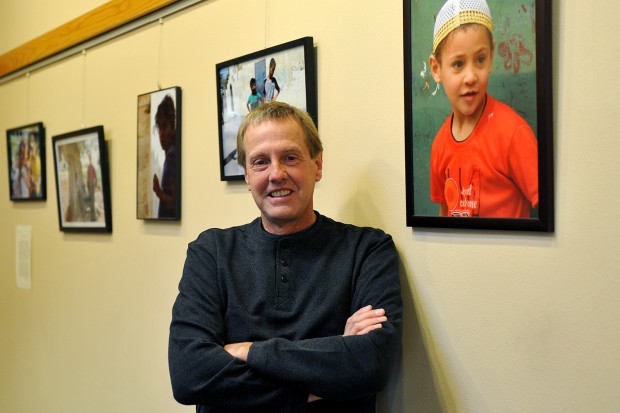
Two weeks in the West Bank
On Will Boland’s trip this summer through Lebanon, Jordan and a
Palestinian swath of Israel, he expected at least some hostility from
the locals.

